The 13th National Party Congress of the Communist Party of Vietnam (CPV) chaired by the National Assembly Chairwoman Nguyen Thi Ngan wrapped up in Hanoi two days ahead of schedule after eight working days amid sudden surge in the coronavirus since the outbreak of the pandemic. In a quick measure, Vietnam approved its first Covid-19 vaccine to bring the virus threat under control.
This essay has two parts: how from once a country seen as a model in controlling the deadly coronavirus by early timely measures and offering to the world lessons in Covid-19 containment now faces a new challenge in addressing the sudden virus spread and adopting measures to contain further damage; the second part shall make an assessment of what transpired during the Congress and what that means for Vietnam’s future.
Part I
When the coronavirus broke out and swept across the globe, Vietnam was one of the few countries which implemented nationwide effective measures to bring the coronavirus under control, thereby joining Greece, Slovenia, Jordan and Iceland officially recognised for both “flattening the curve” in terms of severely reducing covid-19 cases and achieving notable success in treating patients.1 As the pandemic swept the globe and despite countries across the globe started tightening various measures, Vietnam too came under the virus spike in a second wave.
This time around, Vietnam again swung into action by intervening and approved its first Covid-19 vaccine developed by AstraZeneca and provided by AstraZeneca Plc in its battle against its biggest covid-19 outbreak since the pandemic began. It also cut short a key ruling Communist Party meeting.2 The State media, however, did not give any reason for the early closure of the Congress. In a country of 98 million, it recorded 180 new cases. A total of 1,739 cases since the first detection a year ago, including 873 locally transmitted cases, was worrying to the policy makers. The government was however confident to contain the virus before the Lunar New Year holiday starting on 6 February. That seems to be an over-ambitious target given that the task is not that easy as Vietnamese leaders probably assume. More ambitious seems to be that the government is designing a plan to prepare for a scenario of 30,000 cases.
Prime Minister Nguyen Xuan Phuc took the decision to prioritise procurement of 30 million doses of the vaccine from AstraZeneca Plc for inoculation. After remaining virus-free for months, the government had apprehended as early as July 2020 that every city and province were as risk when even one case of infection is detected but not treated on time.3 As it transpired, that probably was the case in subsequent months. The situation could have been much worse had Vietnam not have adopted centralised quarantine programme and aggressive contact system early on because it shares border with China, where the virus originated. The normally over-crowded and very popular beach in the central city of Da Nang, most popular for Vietnamese people as well as foreign tourists, suddenly had a deserted look. Prime Minister Phuc ordered strict vigilance in all tourist hubs and “strict lockdown” in Da Nang, the epicentre of the virus spread. Over 80,000 people were evacuated from Da Nang after the virus outbreak.4 In a war footing, the government was to use “full force” to arrest the new covid-19 wave.5 It succeeded initially but the virus resurfaced with new vigour.
Part II
Against this menace, the government in Vietnam decided to end business at the 13th Party Congress two days before the stipulated date to focus attention on virus containment measures.6 Reporting the resolution at the closing session, Politburo member, Secretary of the Party Central Committee and head of the Party Central Committee’s Commission for Information and Education Vo Van Thuong announced the results of the election of the Politburo Bureau, the Party General Secretary, the Secretariat, the inspection Commission, and the Chairperson of the Inspection Commission in the 13th tenure.
Among the major highlights, Nguyen Phu Trong was re-elected as General Secretary of the 13th-tenure Party Central Committee, the supreme organ of the Party. Expressing his acknowledgement of appreciation and thanks for the trust reposed on his leadership by re-electing him, Trong “emphasised that the 13th-tenure Party Central Committee pledges to exert utmost efforts to surmount every difficulty to fulfil duties, uphold traditions and the obtained revolutionary achievements, join the entire Party and people to bring into play their glorious traditions and valuable experiences, enhance solidarity and unanimity, promote the consistency between thought and action, continually make self-improvement of revolutionary virtues and ethics to unceasingly strengthen their political mettle and work capacity, and be determined to successfully implement the 13th National Party Congress’s resolution and meet the revolutionary cause’s requirements in the new period along with aspirations of the entire Party, people, and army.”7 Delivering the closing address, Trong reviewed the outstanding results and successes of the 13th National Party Congress. Trong told the press that the 13th National Party Congress was a success in many aspects, “from its content, form, organisation, to working attitude”8.
The re-election of Nguyen Phu Trong as the Party chief made him the nation's de facto leader for a third five-year term. Unlike in North Korea, in Vietnam 1,587 delegates at the Congress selected in a process that began at the party’s grassroots elected 200-member Central Committee, which in turn selected Trong as General Secretary and head of the 18-member Politburo, the highest-ranking party body. The Politburo determines who gets the top four positions: the General Secretary of the CPV, the country’s most powerful job; the President, a largely ceremonial post; the Prime Minister; and the National Assembly chairman. The jobs are known as the “four pillars”.9
Since Trong is 76-years-old and much beyond the retirement age of 65, it was speculated that he would not be in the race but he was given an exemption from that rule as was also done in the last Congress in 2016, underlying the kind of respect he commands in the Party. In fact Trong had been concurrently serving as President since the previous President Tran Dai Quang died in office in 2018. There are reports that suggest Trong was reluctant for another term in view of his age and was in favour of a fellow Politburo member, Tran Quoc Vuong. Unfortunately Vuong could not muster sufficient support from members of the Central Committee, leaving Trong with no choice than to accept the office in humility. There is a possibility that Trong might retire because of his advancing age before serving a new full term if the Central Committee can reach a consensus on a successor.10
CPV’s Economic Blueprint
The Congress adopted the Party’s economic blueprint highlighting Vietnam’s hi-tech shift,11 which shall catapult the nation to realise its comprehensive development goals by 2045. Currently, Vietnam has more than a dozen free trade agreements under its belt which shall help it to expand and diversify export markets. The country aims to emerge as a key manufacturing hub for global giants like Samsung Electronics Co and Intel Corp. and wants to upgrade its economic profile from a low-cost labour industries concentrated on labour-intensive manufacturing into high-tech centre for science and technology.
Seen in the pattern of economic growth in Asia after Japan’s post-War economic boom and the shift of labour-intensive industries to nearby overseas countries such as South Korea, Taiwan, Singapore and Hong Kong and their emergence subsequently as the Four Tigers in the flying geese pattern of economic development; Vietnam too aims to join the race as demonstrated by the economic blueprint unveiled during the Congress. This also suggests that many of the Japanese and South Korean companies that either relocated their production facilities from China following the breakout of the coronavirus either back to their home country or overseas locations shall now focus to set up their knowledge-intensive facilities in Vietnam, leaving the less attractive sectors of industrial production into countries such as India, Bangladesh, Thailand and other ASEAN region.
Vietnam has already made the initiative in welcoming a unit of Foxconn Technology Co Ltd in Taiwan, a key Apple Inc supplier, by providing a licence to invest $270 million in Vietnam. Similarly, the US chipmaker Intel has raised its investment in Vietnam by $475 million to $1.5 billion. These are rosy signs for the future of Vietnamese economy.12 While maintaining the key elements of a socialist-oriented market economy, Vietnam shall now focus on up-scaling foreign direct investment (FDI) from quantity to quality within the parameter of mitigating environmental risks. If the economic blueprint proceeds as planned, one can see the next economic miracle in Vietnam.13
Admiration and Acclaim
The Central Committees of the Lao People’s Revolutionary Party (LPRP) and the Cambodian People’s Party (CPP) extended congratulations to the Central Committee of the CPV on its 91st founding anniversary (3 February 1930-2021). Since its inception, the CPV has set out sound guidelines and policies matching each revolutionary period. The messages praised Vietnam’s remarkable success achieved during the 35 years of “Doi moi” (renewal) initiated and led by the CPV. Similar sentiment was expressed by the Lao Party.14
The Indian ambassador in Hanoi Pranay Verma also alluded to Vietnam’s remarkable development as a contributory factor to global prosperity. Verma observed that the National Congress identified the opportunities and challenges that Vietnam faces and set the goal for socio-Economic advancement over the next five to ten years.15
If one compares with another communist country in Asia, North Korea, which too had its 8th Party Congress in January 2020, one can see the vast difference in the manner the two Asian communist states function. While in both the countries, the primacy is given to the Party, in North Korea the decisions are excessively party-centric focussed and dominated by the family of Kim Jong-un and devoid of any transparency, the Vietnamese system is truly democratic within the Party system. It does not have any hereditary system unlike North Korea.
Future
In the domestic front, Vietnam seems to be well placed to put its house in order. It is on the foreign policy front, the country faces real challenge and it would be interesting to watch how the new leadership addresses the issue. Besides executing economic planning as envisioned in its economic blueprint that would have a foreign component, dealing with neighbouring China, which asserts claims over a vast swath of territory in the contested South China Sea where Vietnam is seeking to develop oil and gas resources could be the biggest challenge for some time. While Vietnam has friends, China seems to be friendless, except probably Pakistan and North Korea, and that would give Vietnam the confidence to cope with the Chinese threat. With the Jeo Biden administration expected to continue America’s friendly engagement with Vietnam, and with support of friendly countries such as India and Japan, Vietnam is expected to maintain a delicate balance of relations with Beijing and Washington to leverage the US power as a counterweight to the threat from China. Taking an objective view of the Congress, it was a success. It would be worth-watching how the leaderships steers the country’s economic and foreign policy futures in the coming years. Given the past experience, one can hold some optimistic views on Vietnam’s future plans.
Endnotes
- See, Rajaram Panda, “After South Korea, Vietnam another example to emulate in fighting Covid-19”, 20 May 2020, https://www.vifindia.org/article/2020/may/20/after-south-korea-vietnam-another-example-to-emulate-in-fighting-covid-19, “Vietnam can offer world lessons in COVID-19 containment”, 5 July 2020, https://english.vov.vn/society/vietnam-can-offer-world-lessons-in-covid19-containment-413401.vov
- “Vietnam approves AstraZeneca vaccine, cuts short Communist Party Congress”, The Asahi Shimbun, 30 January 2021, http://www.asahi.com/ajw/articles/14149591
- “Vietnam says every city, province now at risk o virus”, The Asahi Shimbun, 29 July 2020, http://www.asahi.com/ajw/articles/13588446
- “Vietnam to evacuate 80,000 from Danang after virus outbreak”, The Asahi Shimbun, 27 July 2020, http://www.asahi.com/ajw/articles/13591542
- “Vietnam ready to use ‘full force’ to arrest new coronavirus wave”, 30 July 2020, The Asahi Shimbun, http://www.asahi.com/ajw/articles/13591542
- “13th National Party Congress wraps up”, 1 February 2021, https://en.daihoidang.vn/13th-national-party-congress-wraps-up/755.vnp
- Ibid.
- Ibid.
- “Vietnam's Communist Party reelects chief to lead the nation”, Mainichi Daily News, 31 January 2021, https://mainichi.jp/english/articles/20210131/p2g/00m/0in/057000c; “Vietnam’s Communist Party reelects chief to lead the nation”, The Asahi Shimbun, 1 February 2021, http://www.asahi.com/ajw/articles/14153131
- Ibid.
- “Party economic blueprint highlights Vietnam’s hi-tech shift”, 1 February 2021, https://en.daihoidang.vn/party-economic-blueprint-highlights-vietnams-hitech-shift-reuters/787.vnp
- Ibid.
- Ruchir Sharma, “The next ‘Asian Miracle’”, The times of India, 15 October 2020, https://timesofindia.indiatimes.com/blogs/toi-edit-page/the-next-asian-miracle-vietnam-is-exporting-its-way-to-prosperity-while-leaving-no-one-behind-at-home/
- “Lao, Cambodian parties congratulate Communist Party of Vietnam on 91st anniversary”, 1 February 2021, https://en.daihoidang.vn/lao-cambodian-parties-congratulate-communist-party-of-vietnam-on-91st-anniversary/786.vnp
- “Vietnam’s development contributes to global prosperity: Indian Ambassador”, 3 February 2021, https://en.daihoidang.vn/vietnams-development-contributes-to-global-prosperity-indian-ambassador/777.vnp
(The paper is the author’s individual scholastic articulation. The author certifies that the article/paper is original in content, unpublished and it has not been submitted for publication/web upload elsewhere, and that the facts and figures quoted are duly referenced, as needed, and are believed to be correct). (The paper does not necessarily represent the organisational stance... More >>
Image Source: VNA

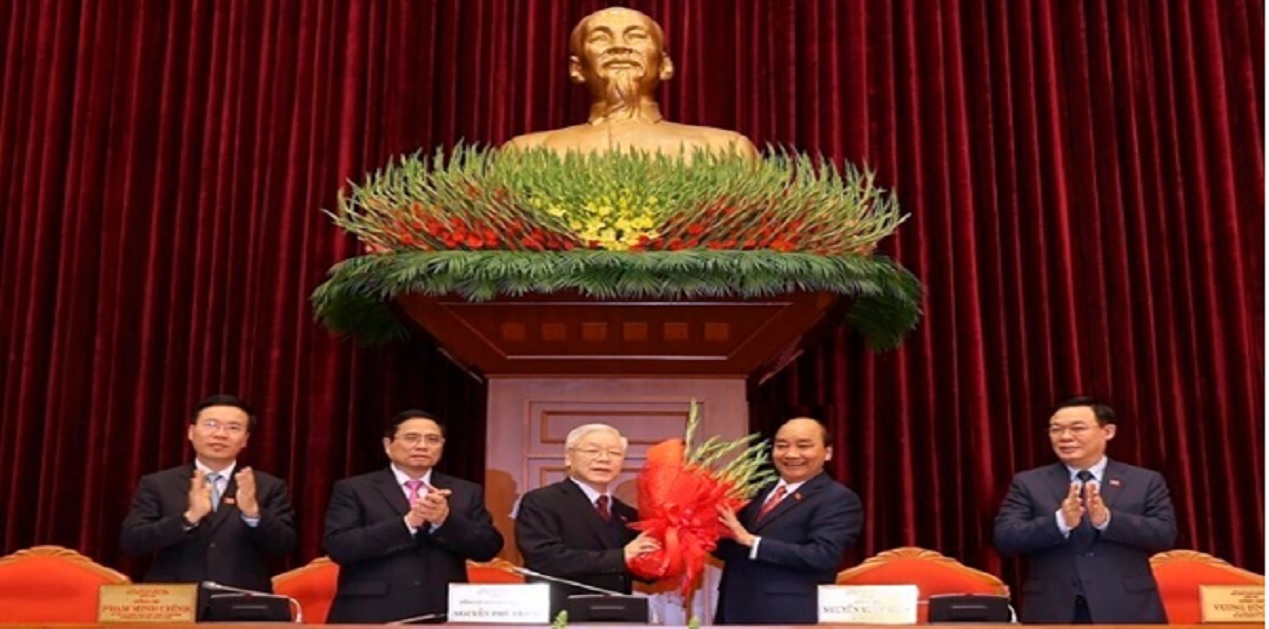
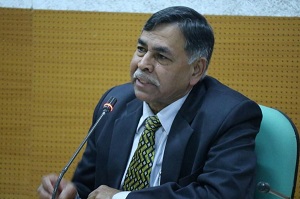




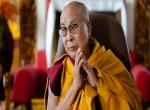
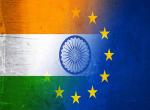

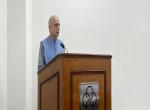
Post new comment